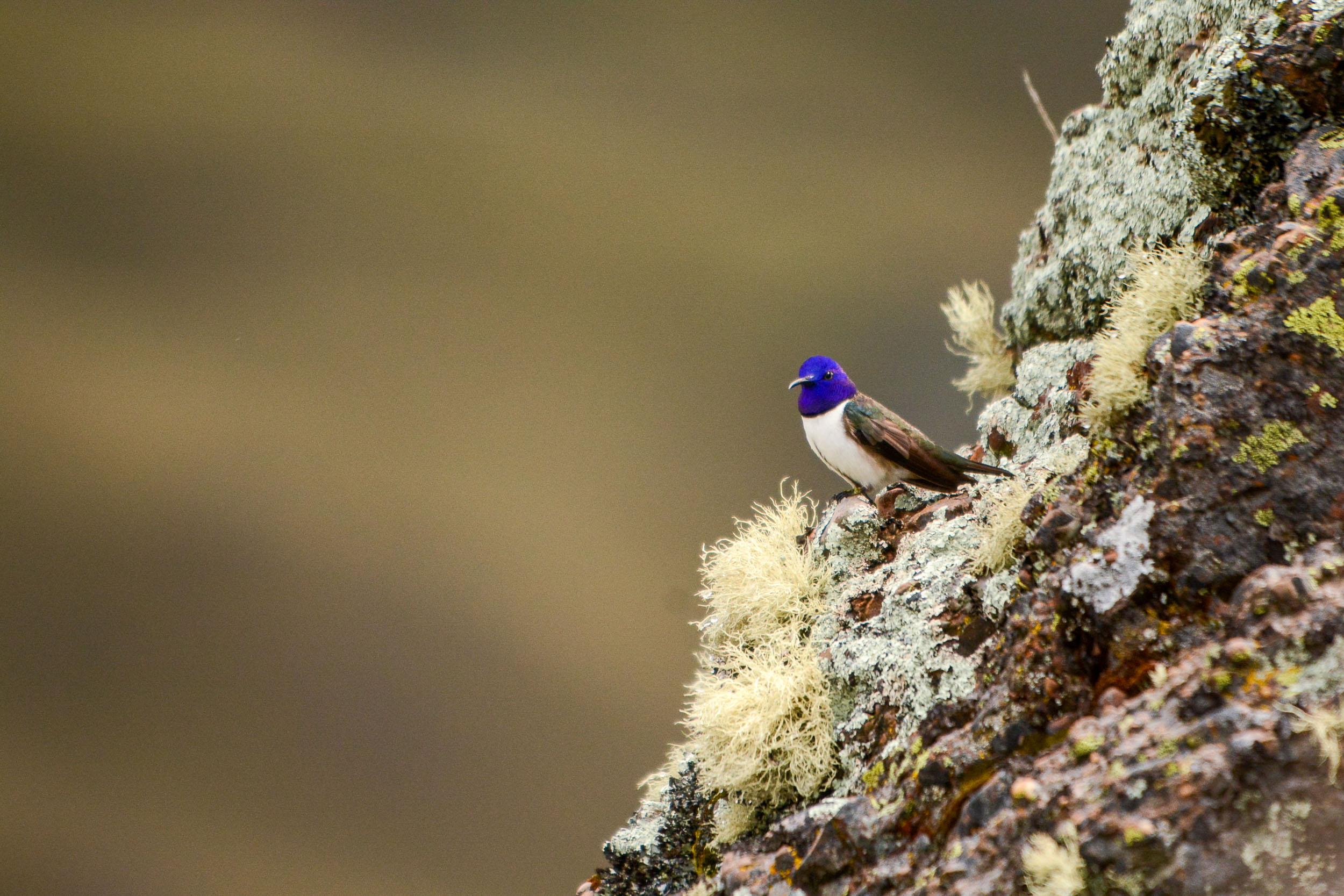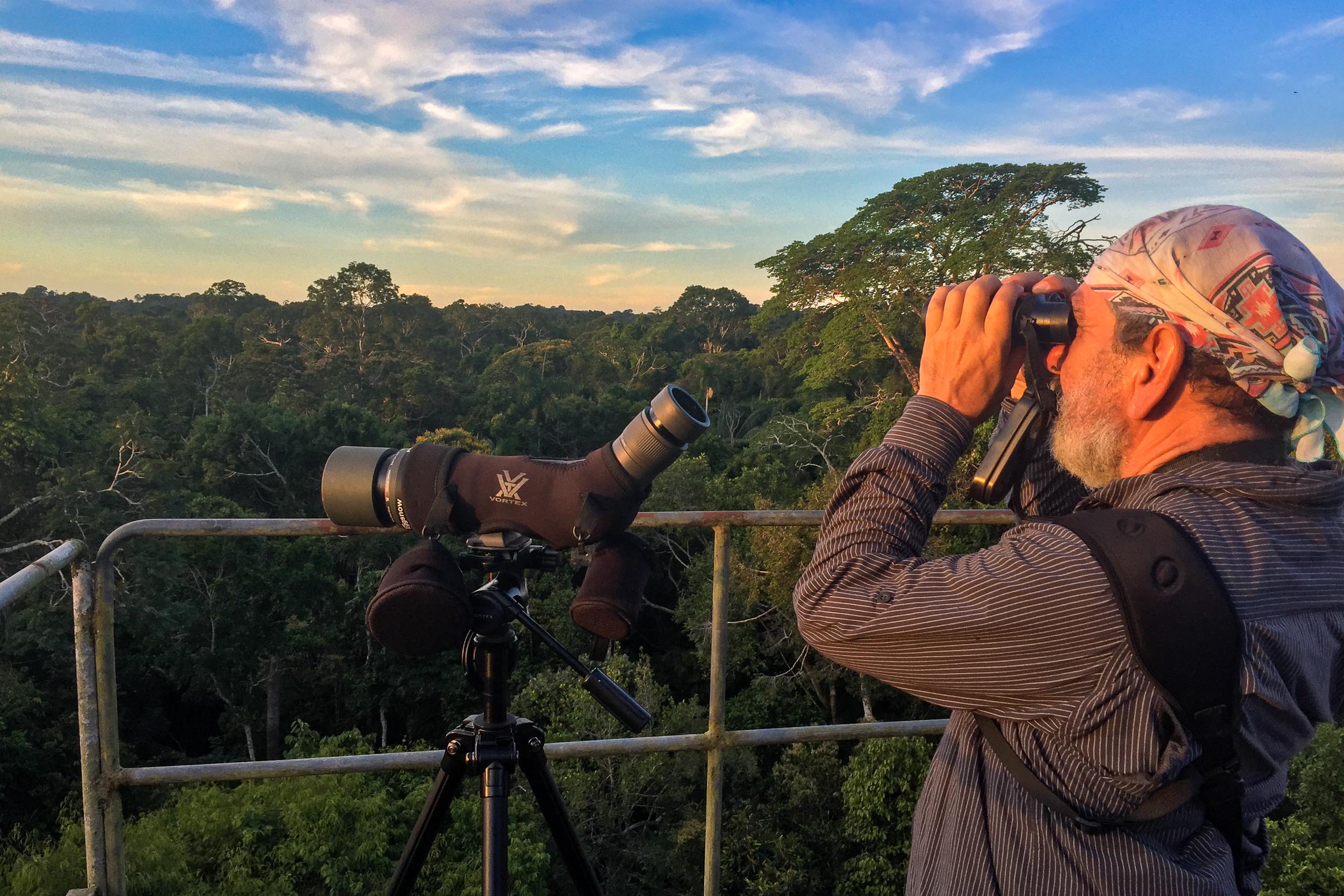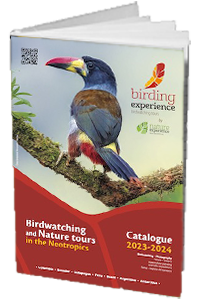From Alaska to Tierra del Fuego, hummingbirds have captivated the imagination of American civilizations for millenia. Yet, it wasn’t until European scientific explorers arrived in the 18th century that these avian jewels began to enter Western cultural consciousness.
Early accounts of these “bird-moths” often bordered on mythology, and it’s easy to see why. Observing these evolutionary marvels up close reveals an array of unique traits. The evolutionary radiation of their family, dating back to the uplift of the Andes, endowed hummingbirds with exceptional adaptations for flight, feeding, and reproduction.
Masters of flight
Hummingbirds are the only birds capable of flying backward. Some species flap their wings up to 115 times per second, granting them remarkable agility for sipping nectar and hunting insects and spiders. This high-energy lifestyle requires an extraordinary metabolism, the highest in the animal kingdom. Many species must feed every 15 minutes to sustain themselves.
But how do high-altitude hummingbirds, some living above 4,500 meters (14,800 feet), survive the night without feeding? They employ a unique strategy: torpor. This nocturnal “hibernation” reduces their heart rate from 1,200 to 120 beats per minute, conserving energy.
Despite their extraordinary abilities, hummingbirds are the smallest birds in the world. Some species weigh as little as 3 grams (0.1 ounces).
The magic of color
Among the most striking features of hummingbirds is their dazzling plumage. Their vibrant colors aren’t produced by pigments, as in most birds, but by structural adaptations in their feathers. Microscopic prism-like cells refract light into different wavelengths, creating iridescent hues that vary with viewing angles.
This characteristic has inspired poetic names such as Rufous-crested Coquette, White-chinned Sapphire, Shining-green Hummingbird, Empress Brilliant, Tourmaline Sunangel, Rainbow-bearded Thornbill, Bronzy Inca, and Violet-tailed Sylph.
A symphony of nature
Hummingbirds are a perfect blend of function and beauty, their tiny forms embodying unparalleled energy and vitality. With their dazzling colors, incredible flight mechanics, and extraordinary survival strategies, they remain some of nature’s most fascinating creatures.
As poetically vibrant as the names they bear, these tiny birds invite us into a world where biology and magic coexist. They are the ultimate testament to the marvels of evolution.
By Xavier Amigo, your expert on birdwatching trips and always impressed by hummingbirds
For more information on our birdwatching trips, contact us!










